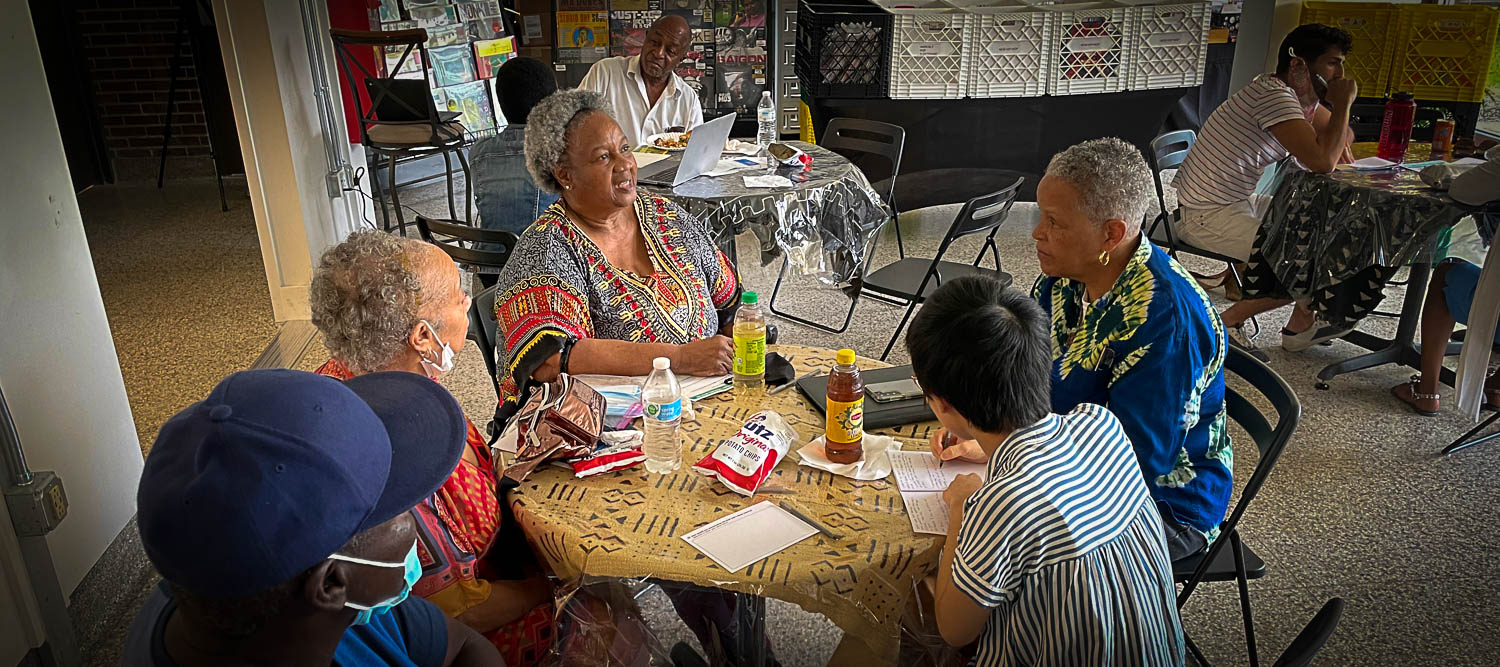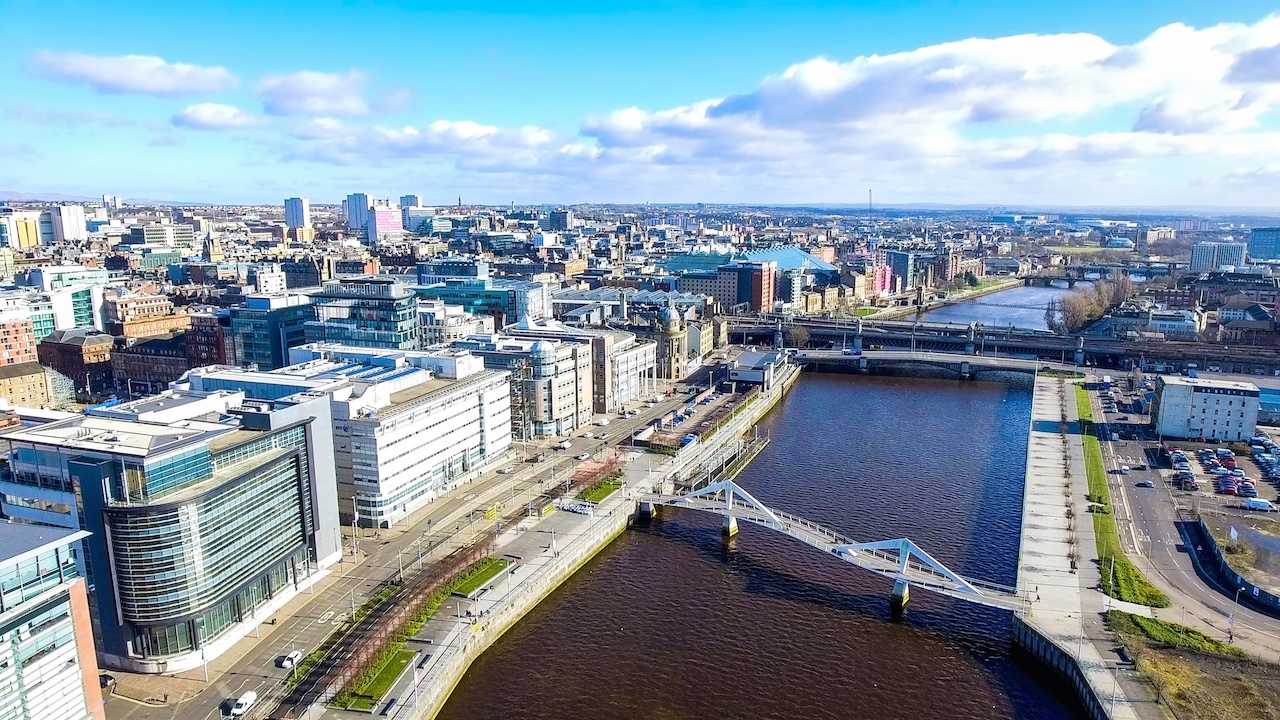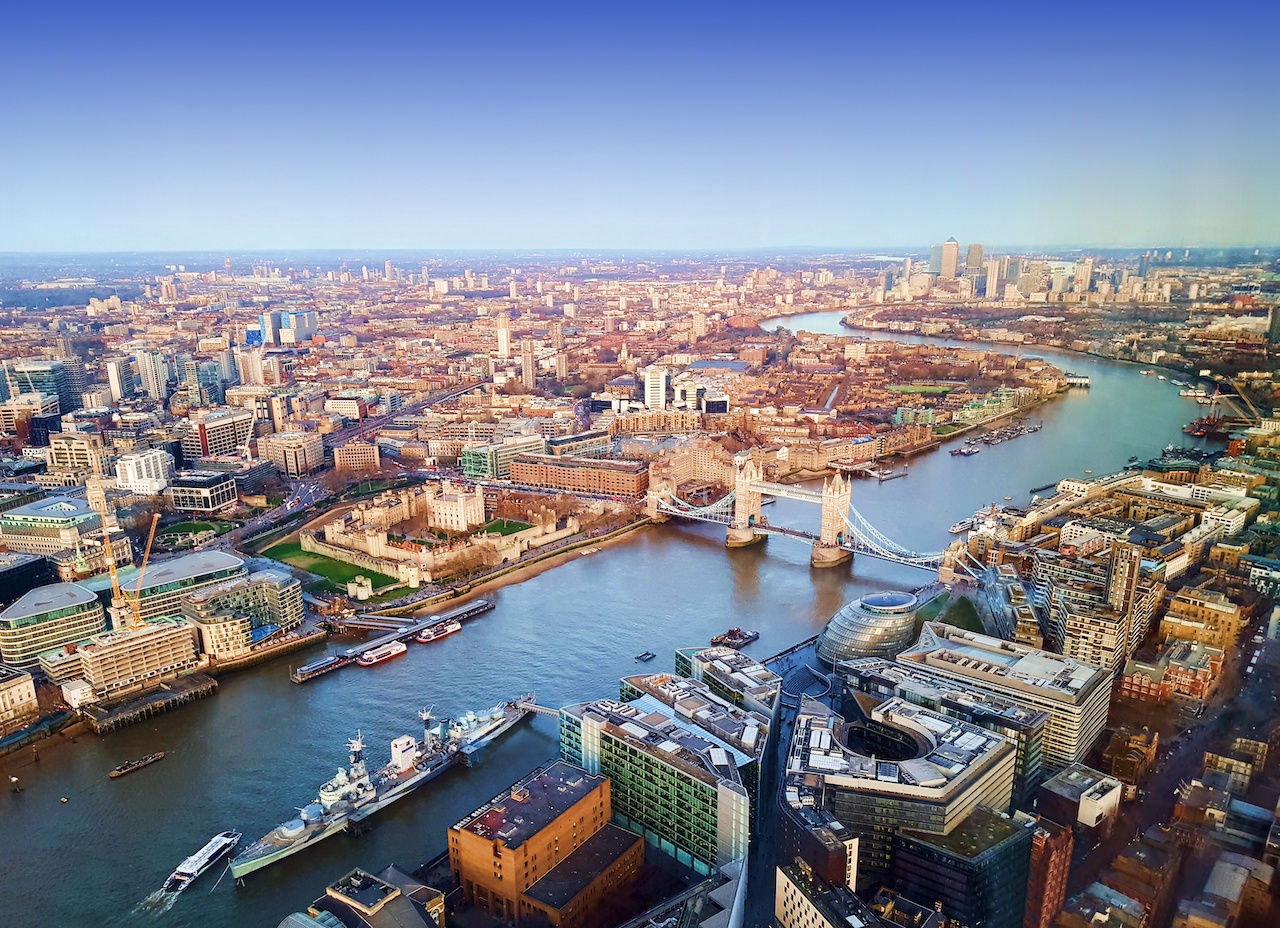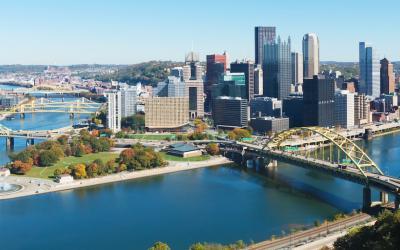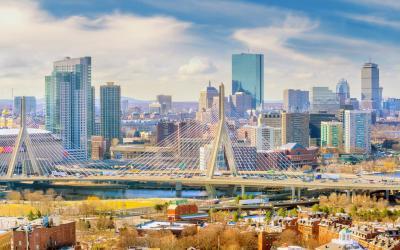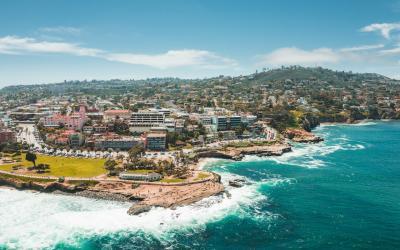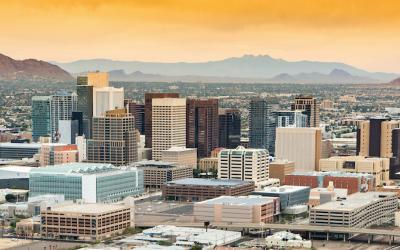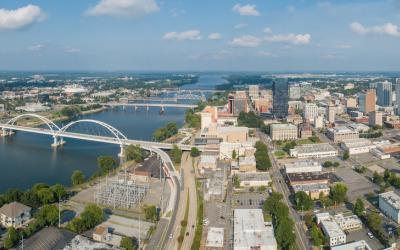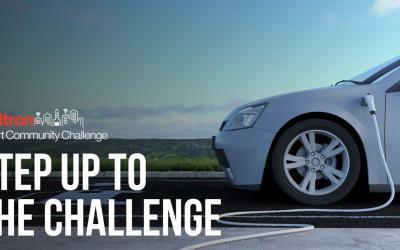Meeting of the Minds
What began as a 2-day summit in Oakland, CA in 2007, has grown into an internationally recognized non-profit organization with world-class events, year-round leadership programming, and an unparalleled digital platform.
Our mission is to bring together urban sustainability and technology leaders across sectors to share knowledge, best practices and catalyze lasting alliances and partnerships. We foster person-to-person and city-to-city learning by curating emerging trends and spotlighting projects and practitioners working on the future of sustainable, resilient, and equitable cities and regions.
We believe that the best solutions and partner ecosystems result from collaboration and engagement across sectors and disciplines. We convene leaders from international bodies, local government, state and federal government, corporates, startups, non-profits, academics and philanthropy.
Meeting of the Minds thanks and acknowledges the support of our current and past sponsors, including:
Foundations
Annie E. Casey Foundation
Barr Foundation
Burton D. Morgan Foundation
Ford Foundation
Lincoln Institute of Land Policy
Living Cities
New Economy Initiative
Paul G. Allen Philanthropies
Robert Wood Johnson Foundation
Rockefeller Foundation
The California Endowment
The California Wellness Foundation
The Cleveland Foundation
The JPB Foundation
The Kresge Foundation
The Volvo Research and Education Foundations
Healthcare
Kaiser Permanente
Sutter Health
Telecom
AT&T
Comcast
Qualcomm
Verizon
Global Technology Leaders
Cisco
Dassault Systémes
IBM
Itron
Microsoft
Oracle
Philips Lighting/Signify
Schneider Electric
Siemens
Transportation Leaders
Bombardier
Cubic
Daimler/Car2Go
Ford
JUMP Bikes/UBER
Lacuna
Keolis
Lyft
Streetlight Data
Toyota
Zipcar
Financial Institutions
JPMorgan Chase
PNC Bank
Wells Fargo
IT & IoT
Atonix Digital
Cleverciti Systems
Iteris
Logicalis
Roadbotics
RelayR Corp
Planning, Design, Architecture, Real Estate, Engineering, Construction
Black & Veatch
CBRE
CH2M Hill
Colliers
DKS Associates
Jones Lang LaSalle
Oxford Properties Group
Ramboll
Skidmore Owings & Merrill
WSP
Consulting Firms
Cognizant
ENGIE Impact
Deloitte
EY
PwC
Government
Ann Arbor SPARK
City of Berkeley, CA
Cuyahoga County
Federal Reserve Bank of San Francisco
JobsOhio
Metrolinx
State of Michigan
Resources: Water and Energy
AEP Ohio
DTE Energy
Festival Hydro
FirstEnergy
Marin Clean Energy
Natural Resources Defense Council
Sacramento Municipal Utility District
Shell
Xylem Water
Innovators
Cleveland Neighborhood Progress
JumpStart
Natural Resources Defense Fund
Rock Ventures
The New School
University of California
UrbanFootprint
Recent Webinars
Recent Articles
COVID-19 is Creating the Largest Ever Telecommunity, But Not for Everyone
Social distancing is becoming the new normal, at least for those of us who are heeding the Center for Disease Control’s warnings and guidelines. But if you don’t have reliable, high-speed broadband, it is impossible to engage in what is now the world’s largest telecommunity. As many schools and universities around the world (including those of my kids) are shut down, these institutions are optimistically converting to online and digital learning. However, with our current broadband layout, this movement will certainly leave many Americans behind.
How to Move More People with Fewer Vehicles
Accenture analysts recently released a report calling for cities to take the lead in creating coordinated, “orchestrated” mobility ecosystems. Limiting shared services to routes that connect people with mass transit would be one way to deploy human-driven services now and to prepare for driverless service in the future. Services and schedules can be linked at the backend, and operators can, for example, automatically send more shared vehicles to a train station when the train has more passengers than usual, or tell the shared vehicles to wait for a train that is running late.
Managing urban congestion and mobility comes down to the matter of managing space. Cities are characterized by defined and restricted residential, commercial, and transportation spaces. Private autos are the most inefficient use of transportation space, and mass transit represents the most efficient use of transportation space. Getting more people out of private cars, and into shared feeder routes to and from mass transit modes is the most promising way to reduce auto traffic. Computer models show that it can be done, and we don’t need autonomous vehicles to realize the benefits of shared mobility.
Planning for Arts and Culture in San Diego
The role of government, and the planning community, is perhaps to facilitate these kinds of partnerships and make it easier for serendipity to occur. While many cities mandate a portion of the development budget toward art, this will not necessarily result in an ongoing benefit to the arts community as in most cases the budget is used for public art projects versus creating opportunities for cultural programming.
Rather than relying solely on this mandate, planners might want to consider educating developers with examples and case studies about the myriad ways that artists can participate in the development process. Likewise, outreach and education for the arts community about what role they can play in projects may stimulate a dialogue that can yield great results. In this sense, the planning community can be an invaluable translator in helping all parties to discover a richer, more inspiring, common language.
Heat Action Planning is Tackling Urban Heat at the Hyper-Local Level
A participatory heat action planning process, Nature’s Cooling Systems, identified urban heat mitigation and adaptation strategies that focus specifically at the neighborhood scale. The framework is called the NCS Heat Action Planning Guide. The core team, consisting of The Nature Conservancy, Arizona State University, and Maricopa County Department of Health, selected three heat vulnerable communities based upon heat intensity, strong community identity, health risk factors, the presence of development projects planned or underway, and other factors. The three neighborhoods involved in heat action planning are Edison-Eastlake and Lindo-Roesley in Phoenix, and the Mesa Care neighborhood in Mesa.
The Blueprint for Community Business Success
There is a lot that a city leader can do just by being a vocal champion for entrepreneurship. Mayors uniquely understand their communities’ assets and are therefore in a position to communicate and advocate on behalf of the city’s entrepreneurs. Engaging entrepreneurs and regulators in focus groups, appointing a special city official or liaison to entrepreneurship, and requiring city departments to review procurement and contracting, are all cost-effective tools that mayors have at their disposal to reduce the barriers for entrepreneurs.
Itron Smart Community Challenge: Transforming the Grid with Electric Vehicles
In 2020, we begin a new decade in which vehicle electrification is becoming a dominant force in reshaping the electric grid. A transformation of this scale presents a significant opportunity for utilities. Utilities realize that electric vehicles (EVs) will play a...




